How the €100m Brexit beef fund agreed between the European Commission and the Irish government will be paid out to farmers became clearer last week. Known as the Beef Emergency Aid Measure (BEAM), it will provide payment rates of €100/head for beef finishers (up to a maximum of 100 animals) and €40/head for suckler farmers (to a maximum of 40 cows). Interestingly, the scheme has come with a couple of conditions and, in particular, a requirement that a farmer must reduce organic nitrogen output per farm by 5% to be eligible. It is only a temporary condition, expected to last for one year, but effectively it means either finishing cattle more rapidly, or keeping less animals than before.
Perhaps there is a message in there for all farmers. After a 1.8% increase in beef production across the EU in 2018, combined with less exports and higher imports, the market has suffered a major price correction in 2019. There is a delicate balance between supply and demand in any agricultural commodity.
At individual farm level, the only farmers able to make profit without subsidy, especially in the beef and lamb sector, are generally those who make the most of grass and drive output per hectare. But what is right for a farm business, might not be right for an industry in general.
With red meat consumption under pressure, maybe it is time to ask the question: do we continue to produce the same amount of beef as before? Is there an opportunity to grow more crops in NI, given that we are clearly a cereal deficit region?
Perhaps we need to look again at encouraging organic farming or incentivising more extensive farming systems.
In the last 10 years, as an industry we have been thinking about ‘going for growth’. That agenda might still be right for some sectors and some farmers, but we are facing many different challenges now.
Read more
EU-Mercosur: a South American perspective
Mart managers 'truly worried' ahead of weanling sales
How the €100m Brexit beef fund agreed between the European Commission and the Irish government will be paid out to farmers became clearer last week. Known as the Beef Emergency Aid Measure (BEAM), it will provide payment rates of €100/head for beef finishers (up to a maximum of 100 animals) and €40/head for suckler farmers (to a maximum of 40 cows). Interestingly, the scheme has come with a couple of conditions and, in particular, a requirement that a farmer must reduce organic nitrogen output per farm by 5% to be eligible. It is only a temporary condition, expected to last for one year, but effectively it means either finishing cattle more rapidly, or keeping less animals than before.
Perhaps there is a message in there for all farmers. After a 1.8% increase in beef production across the EU in 2018, combined with less exports and higher imports, the market has suffered a major price correction in 2019. There is a delicate balance between supply and demand in any agricultural commodity.
At individual farm level, the only farmers able to make profit without subsidy, especially in the beef and lamb sector, are generally those who make the most of grass and drive output per hectare. But what is right for a farm business, might not be right for an industry in general.
With red meat consumption under pressure, maybe it is time to ask the question: do we continue to produce the same amount of beef as before? Is there an opportunity to grow more crops in NI, given that we are clearly a cereal deficit region?
Perhaps we need to look again at encouraging organic farming or incentivising more extensive farming systems.
In the last 10 years, as an industry we have been thinking about ‘going for growth’. That agenda might still be right for some sectors and some farmers, but we are facing many different challenges now.
Read more
EU-Mercosur: a South American perspective
Mart managers 'truly worried' ahead of weanling sales




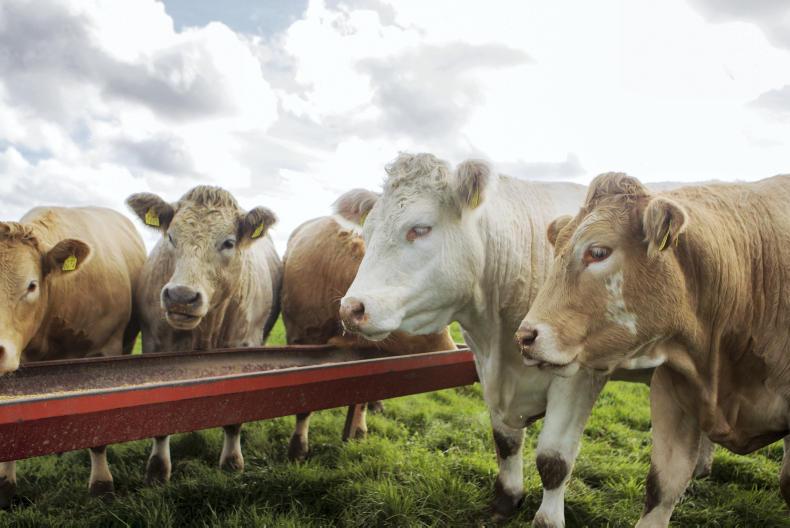
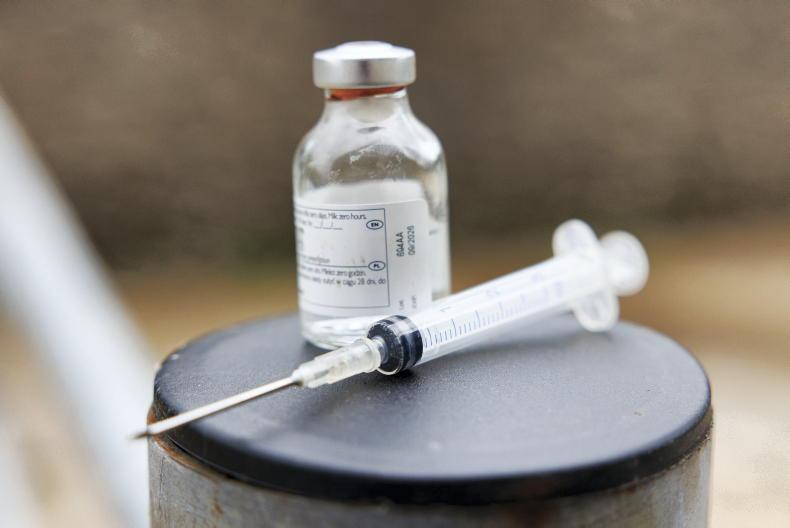
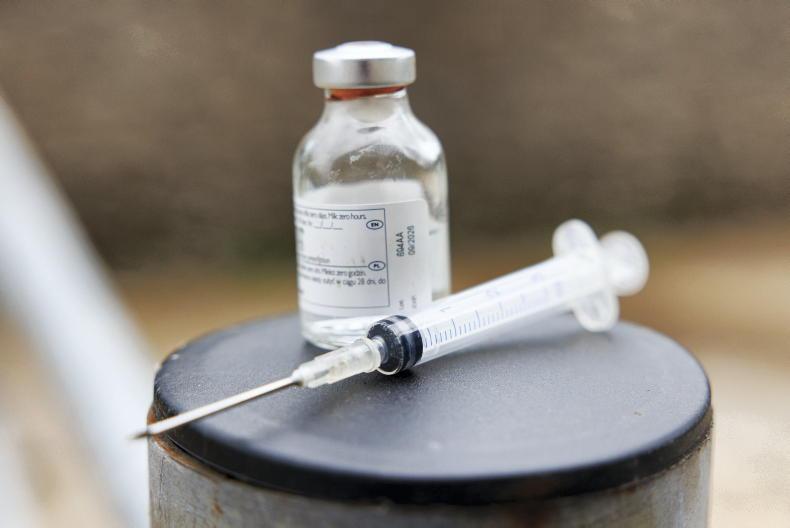
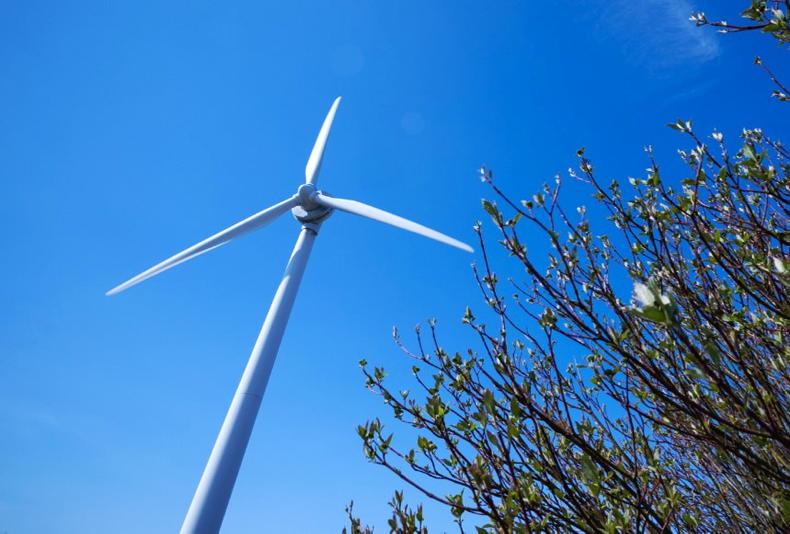
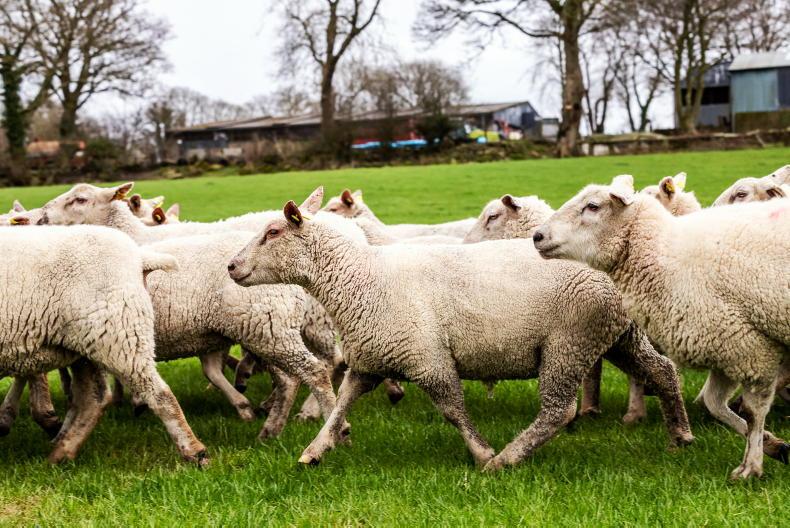
SHARING OPTIONS